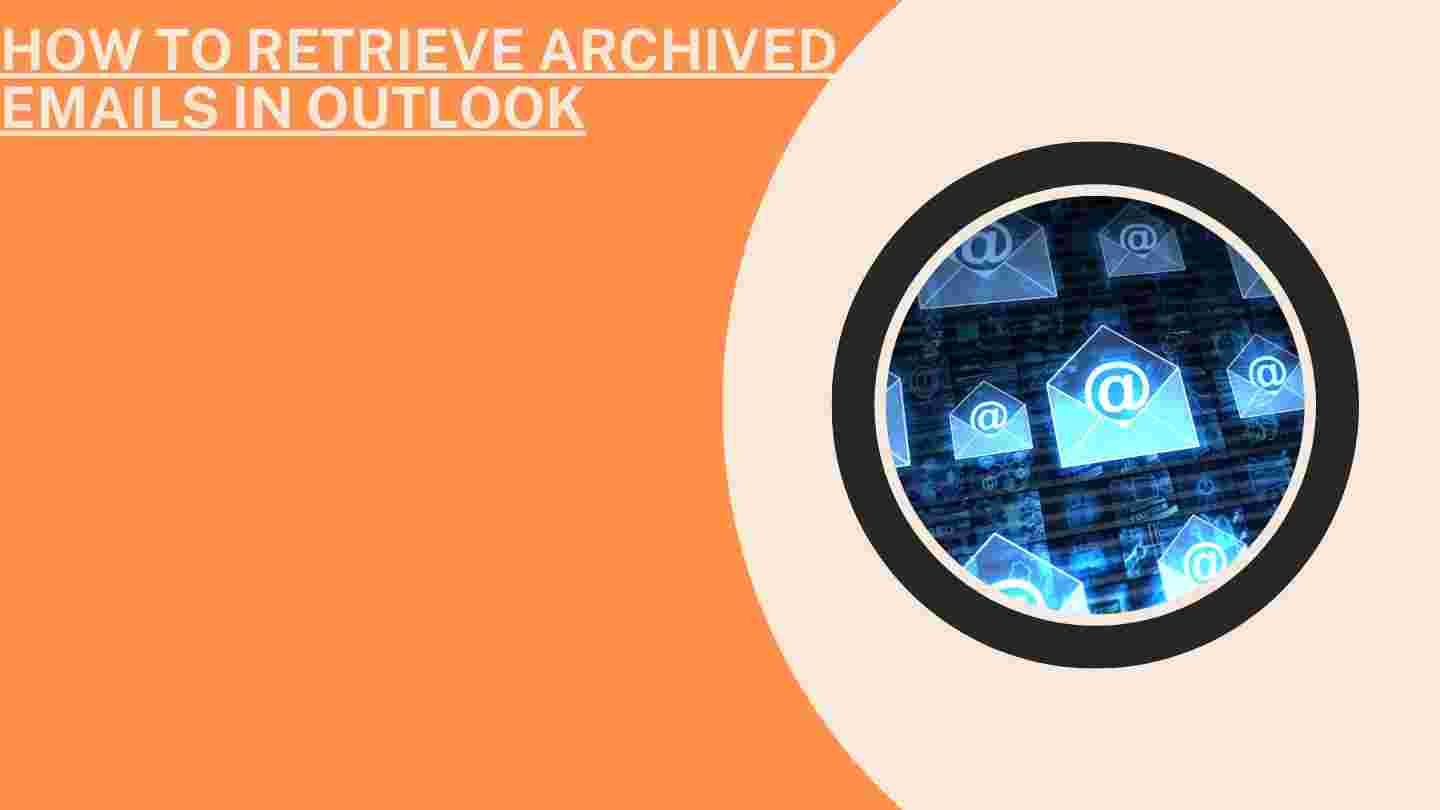What is Prism?
Prism is a well-known subscription service with a range of features available based on the plan you select. It is renowned for offering beneficial products and services that cater to specific business or personal needs.
How to Cancel Your Prism Subscription: A Step-by-Step Guide
Prism Subscription Types
Prism provides several subscription options, each with its own unique features and costs. To accommodate user needs and preferences, these could include basic, standard, and premium alternatives.
Motives for Terminating Your Prism Subscription
monetary considerations
Saving money is a popular motivation for terminating a subscription. Canceling a membership might be an easy way to save costs if you realize it is no longer affordable.
Absence of Use
Maybe you’ve noticed you’re not using the features or services as much as you had planned. In these situations, terminating your subscription could be a good idea to save money on unnecessary expenses.
Examining Other Options
You may be searching for alternatives that are more affordable or better suited to your requirements. One option you could consider is terminating your Prism subscription.
How to Cancel Your Prism Subscription
Through the Prism Website
Enter Your Account Login.
Enter the Prism website and your login information to access your account. Ensure that your login credentials are at hand.
Go to Subscription Settings.
After logging in, locate and select the “Account” or “Subscription Settings” tab. You can adjust your subscription choices here.
Observe the Cancellation Guidelines.
To terminate your subscription, adhere to the on-screen directions. Typically, you must choose a cancellation option and confirm your choice.
Through a Mobile Application
Launch the Prism application.
Open the smartphone app and log into your account if you’re using it.
Get to the Account Settings.
Open the settings menu by navigating to the profile section. Search for “Subscription Settings” or a related menu item.
Start the Process of Cancellation
Follow the instructions to cancel your subscription. Make sure you follow all the required procedures to guarantee that your cancellation is handled.
Through Customer Service
Locating the Contact Details
Find the contact details on the Prism website or app if you want to cancel your membership through customer care or have any other reason.
Formulating a Request for Cancellation
Compose a brief and unambiguous cancellation request. Give a concise justification of your request along with the specifics of your account.
Verification and Extension
Once you submit your request, watch for Prism’s confirmation. Follow up if you still haven’t heard back from someone within a reasonable time.
Considerations Before Making a Cancellation
Date of Subscription Renewal
Verify your subscription renewal date to ensure you cancel before the subsequent billing cycle and save money.
Refunds, as well as prorated fees
Recognize the refund guidelines. Some providers provide prorated returns if you cancel your subscription in the middle of the cycle.
Data Access and Retention
Think about what happens to your data after you cancel. Remember to back up any crucial data you might require.
Troubleshooting Typical Problems
Continues to Activate After Cancellation
If, after cancelation, your subscription is still active, get help from customer care.
Having Trouble Getting Cancellation Options
If you have trouble accessing cancellation alternatives, try using a different device or browser, contact customer support, or use another browser.
Payment Conflicts
To resolve any disagreements about charges, please get in touch with Prism’s support staff.
FAQs
What is the duration required for the cancellation to become effective?
Cancellation policies differ. The cancellation usually takes a few days to process and appear in your account.
When I terminate my subscription, will I get my money back?
Different refund policies apply. Check Prism’s refund policy to determine if you qualify for a refund or prorated costs.
Can I later renew my Prism subscription?
Yes, you can reactivate your subscription with a lot of services. For specifics, speak with Prism’s customer service.
How should I proceed if I receive a charge after canceling?
To fix the problem, contact customer service immediately if you discover any costs following cancellation.
In what way can I verify that my subscription has been terminated?
See if Prism sends you a confirmation email or message. You can check the status of your account both online and through the app.
Conclusion
Your Prism subscription can be canceled without any difficulty. By following these guidelines and being aware of the factors to consider before you cancel, you can guarantee a seamless transaction. Making the correct decisions will enable you to handle your subscriptions more skillfully, whether you’re looking to save expenses or investigate other possibilities.







